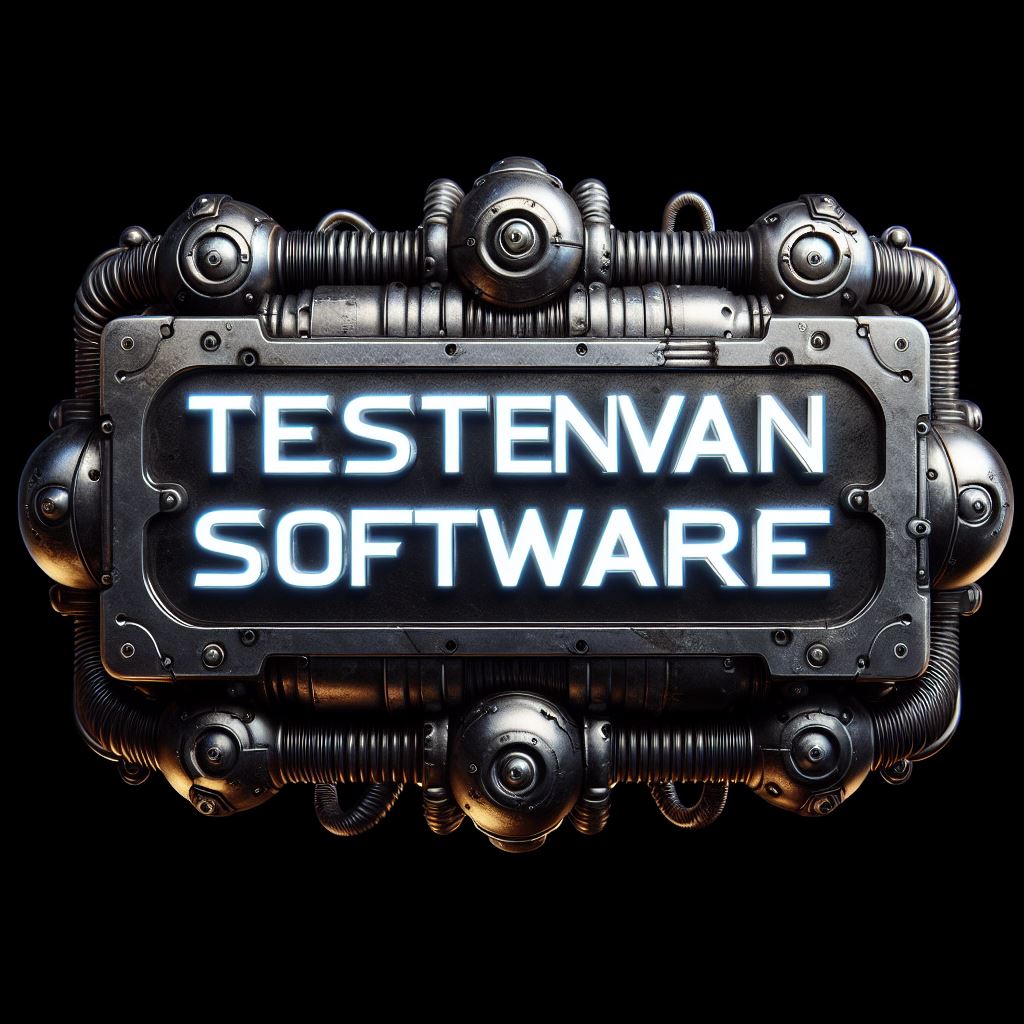So you will now have the following: notes, your requirements for your test object and a mindmap. It is now time to start writing the testcase itself. Please note that one requirement can have multiple testcases to verify if everything works well. Now that you have finished your testcase, you will have to choose a specific chronological order to start testing your case. Good luck. It's like a moviescript, you don't fly to Australia to film part 1, then to UK to film part 2, then back again to Australia to film part 3. It's the same with testcases. It is possible they need a specific chronological order to run/execute them. For example: It can be the case to test the 'save' button of a website or software tool first. Then if that works you check the other things. If you test Microsoft Word you'd like the 'Save as...' option to work when you test Headings or Paragraphs. Once you have created your cases, you can then write a test plan. A test plan in software is the document that outlines the what, when, how, who, and more of a testing object. In general it includes the objective and scope of the tests to be run. While you are doing this you might want to ask yourself the question: what can be test automated and what should we keep testing manually.
0 Comments
Leave a Reply. |
Categories :
All
120 unieke bezoekers per week.
Uw banner ook hier? Dat kan voor weinig. Tweet naar @testensoftware AuthorMotto: Archives
March 2024
This website uses marketing and tracking technologies. Opting out of this will opt you out of all cookies, except for those needed to run the website. Note that some products may not work as well without tracking cookies. Opt Out of Cookies |




















